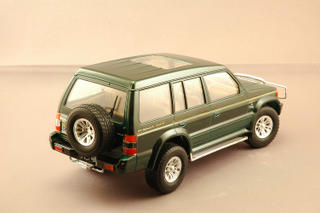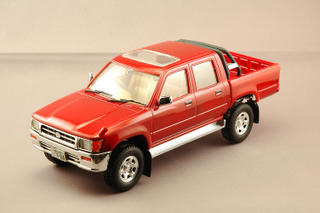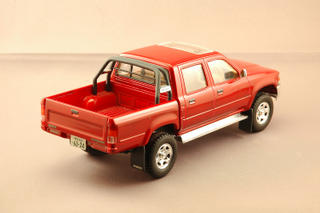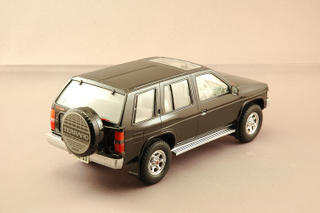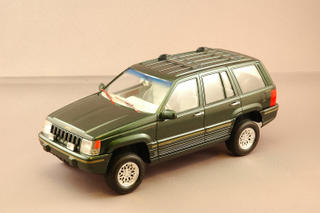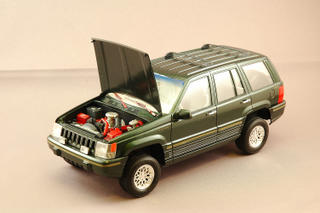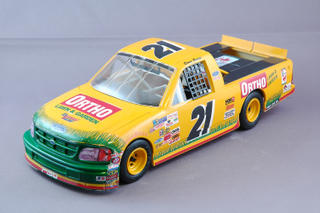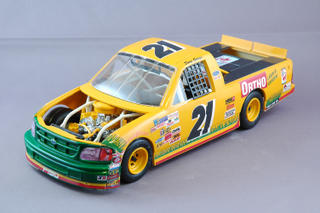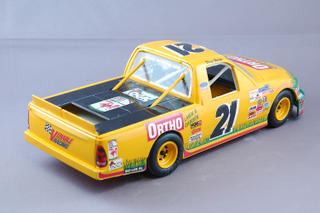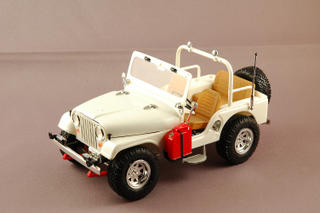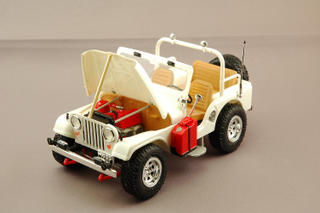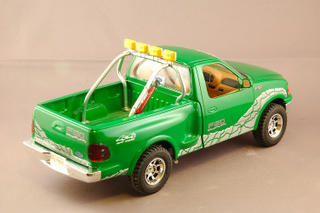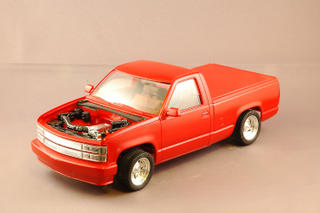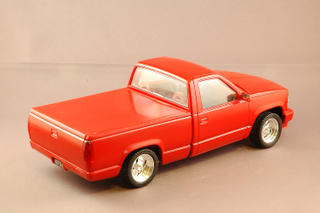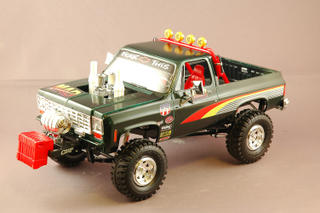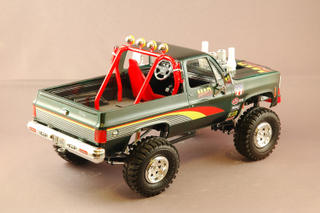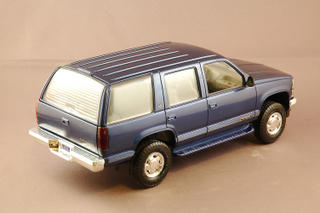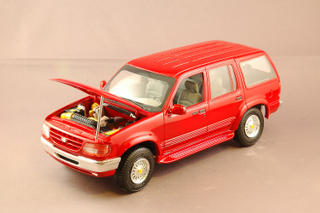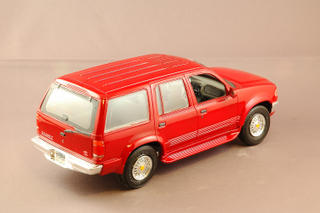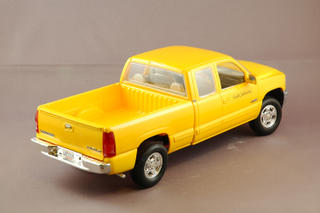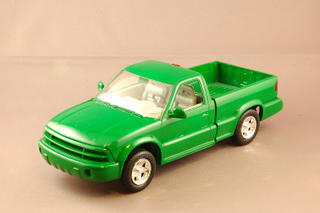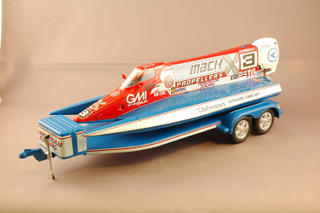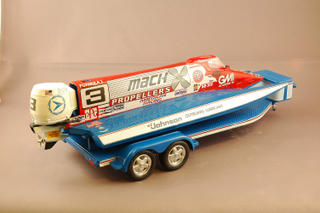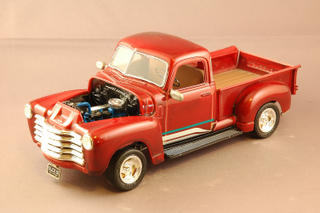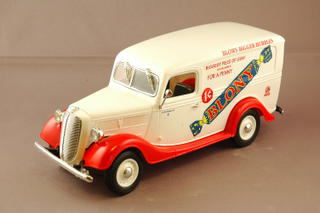Aoshima Mitsubishi Montero Wagon GLS 1/24 Scale
Thanks to its worldwide popularity, the Pajero (and Montero) names were also applied to other, unrelated models. The Pajero Mini is a keicar-sized SUV available only in Japan. The Mitsubishi Pajero iO (sold in Europe as the Pajero Pinin or Montero iO), is a smaller SUV, similar in size to the Toyota RAV4 and the Honda CR-V. The Japanese Mitsubishi Challenger was renamed as the Pajero/Montero/Shogun Sport in most export markets.
Mitsubishi sold over three thousand Pajeros in 1989 and 1990. However, the time for a redesign was long due and 1992 saw the first Generation II Pajero. Just about everything was now new and further enhanced. A new, larger body was available in four different versions; Metal Top, Canvas Top Convertible, Semi High Roof Wagon and High Roof Wagon (long wheel base).
The short wheel base models where stretched by 70 millimeters (2.8 inches) and the long wheel base models by 30 millimeters (1.2 inches). The available engines included a 3.0 liter 12-valve SOHC with ECI-Multi electronic fuel injection and a 2.5 liter turbocharged diesel engine with an intercooler.

